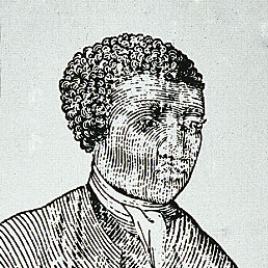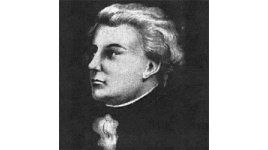Pioneer Information
Banneker was born Benjamin Banneky in Elkridge Landing, Maryland, to a father who was an emancipated slave. Early on, the younger Banneker took an interest in astronomy. His scientific interests led him to build what is said to be the first clock in America, in 1753. In 1772 Banneker was hired by a neighboring family, the Ellicotts, to assist with the construction of a mill. He established a relationship with the family, who provided him with astronomical tools and texts, allowing him to pursue his interests and begin work on an almanac.
The Ellicotts' son Andrew shared Banneker’s scientific mindset. A successful geographer, Ellicott was retained as a surveyor by Thomas Jefferson to work with Pierre Charles L’Enfant on the creation of a plan for the new capitol city that would become Washington, D.C. Ellicott asked Banneker to work with him on the project, and in 1792, the two men were placed in charge of the design after L’Enfant’s controversial dismissal and departure with the plans in tow. It is rumored that Banneker redrew L’Enfant’s plans from memory. Banneker and Ellicott’s modified version of L’Enfant’s plan is known as the Ellicott plan. In 1791, during his work in Washington, Banneker published Banneker’s Almanac. After concluding work on the Capitol, he wrote and published the almanacs annually. Following his death, Banneker’s work was used by the abolitionist movement as proof of the significant accomplishments and contributions of this African American whose work helped shape the nation's capital city.












